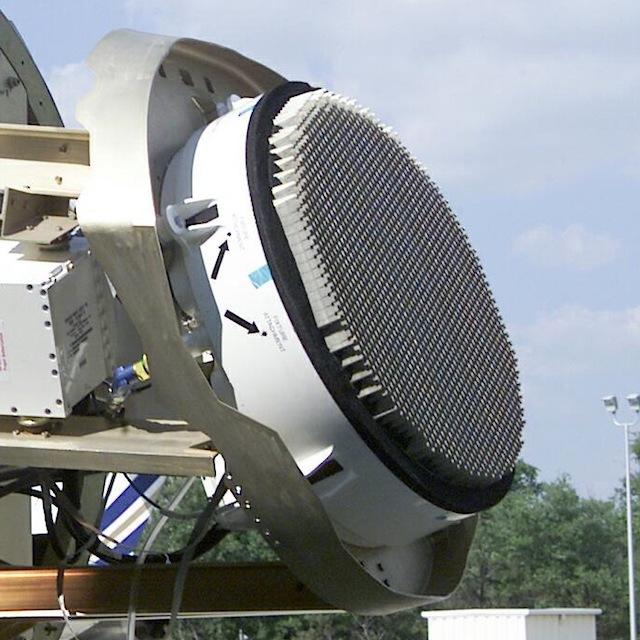Five years after Lockheed Martin launched the estimated $15 billion Block 4 Follow-on Modernization program for the F-35, some of its most important capabilities, including possibly a new active electronically scanned array (AESA) radar, are only now coming to light.
The publicized list of Block 4 upgrades includes several unclassified highlights. For example, Lot 15 jets, which start rolling off the assembly line later this year, come with the Technical Refresh-3 hardware, which includes an integrated core processor for the flight avionics that is 25 times more powerful. Lot 16 aircraft arriving in 2024 and 2025 come with a three times more powerful electronic warfare (EW) processor. And Lot 17 fighters will be delivered after 2025 bristling with 20 EW receivers, a 75% increase, to dramatically boost signal coverage and accuracy.
That list of upgrades might still have seemed inadequate to justify a $15 billion development program. By contrast, last month the U.S. Army selected Bell to develop the V-280 Valor tiltrotor for the Future Long Range Assault Aircraft program for only $8.3 billion, or nearly half the price of the development phase of the F-35 modernization program. But program officials and Lockheed always made it clear that the publicized upgrades in Block 4 masked several classified features.
Potentially the most important of those previously undisclosed new features came to light in late December, with the official confirmation that Lot 17 aircraft to be ordered in fiscal 2023 and delivered two to three years later will be equipped with the APG-85 radar.
The disclosure came almost as an afterthought. A press release from the Senate Appropriations Committee noted that funding added to buy more Lot 17 F-35s will include APG-85 radars. That follows a nearly overlooked disclosure in an unfunded priority list, which was first reported by Defense News, mentioning that F-35s acquired in Lot 17 include radars with the unfamiliar designation.
The implication is that a new fire control radar has completed development in total secrecy. The APG-85 is ready to be delivered to operational squadrons inside Lot 17 jets to be delivered later this year. The disclosure completes a sweeping replacement during Block 4 of the F-35’s internal hardware, including first-generation mission systems and second-generation avionics. A future propulsion upgrade will also replace the Pratt & Whitney F135 with a new fighter engine or revamp the existing engine and the Honeywell-supplied Integrated Propulsion Package to deliver more thrust, fuel efficiency and cooling capacity.
The program has offered few details on the APG-85, but the upgrade comes amid an industry-wide transition by AESA radar manufacturers to gallium nitride semiconductors in the transmitter/receiver modules. Raytheon has delivered the gallium nitride-enabled APG-79(V)4 AESA to the U.S. Marine Corps F/A-18C/D fleet, claiming to dramatically increase target detection range with the same size, weight and power. Saab has demonstrated an AESA radar with gallium nitride on the JAS 39D Gripen. Israel Aerospace Industries’ Elta Systems division has also confirmed ongoing efforts to develop a gallium nitride-equipped AESA for fighter radars.
Northrop Grumman has revealed no such plans for the F-35’s APG-81 AESA radar, but the concept must seem tempting. The F-35’s AESA doubles as a fire control radar and a high-power transmitter for the onboard EW system. The capability appears to exist to dramatically increase the performance of the F-35’s primary sensor, distributed aperture system and EW receiver suite at the same time, with the radar able to exploit gallium nitride as a mature commercial technology.
Such a move implies a significant investment in production capacity of trusted microelectronics. Gallium nitride has already migrated into several of the military’s surface radar systems. If included in the F-35 program, the production requirements are daunting. Northrop supplies radars for a Lockheed production system that has a goal to produce 156 F-35s this year. The APG-81 inside every F-35 comes with 1,676 transmitter/receiver modules. If the APG-85 is delivered with the same number, Northrop’s production system must be able to deliver 261,456 gallium nitride-equipped modules per year. All this must be done without significantly increasing the production cost of the radar.





